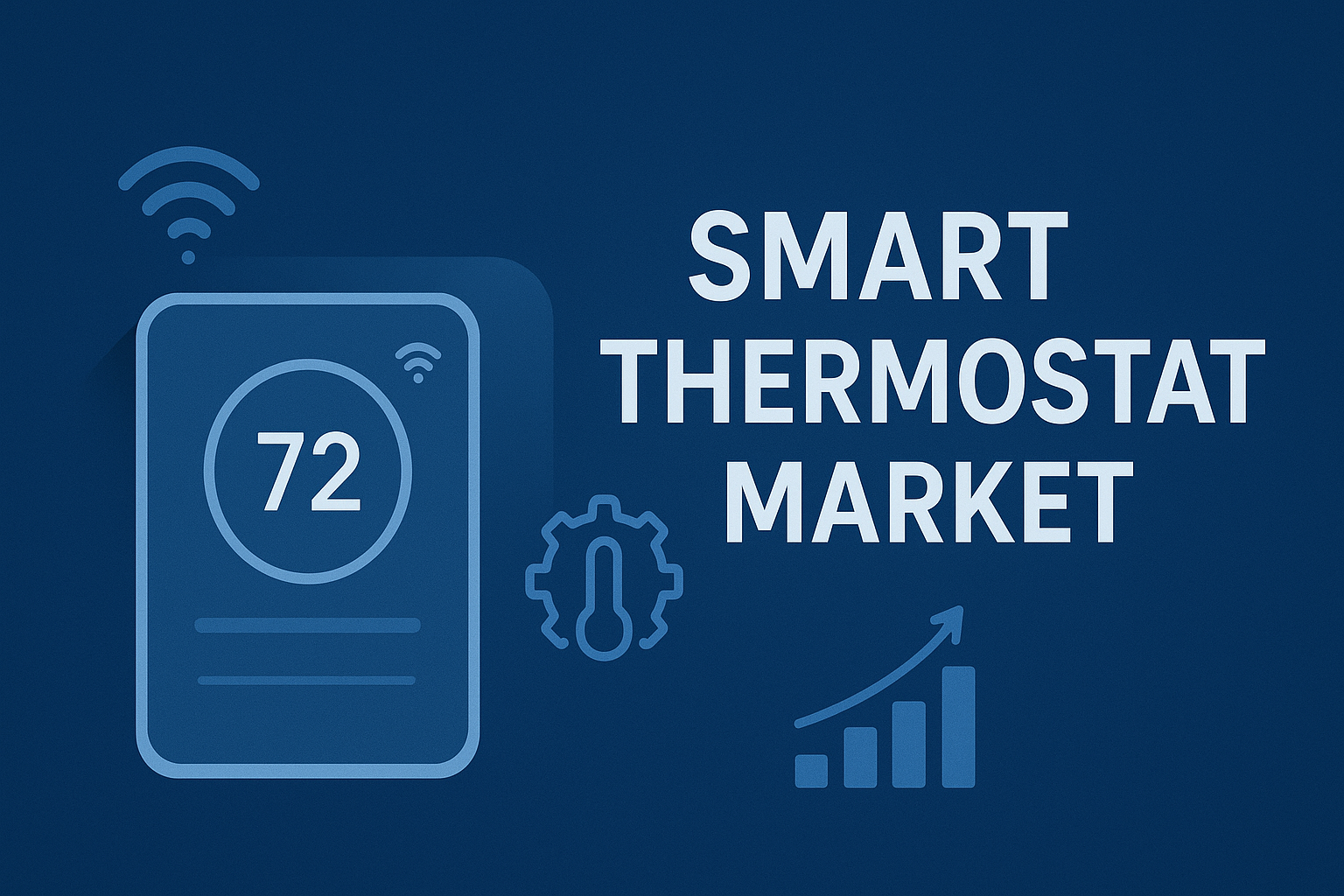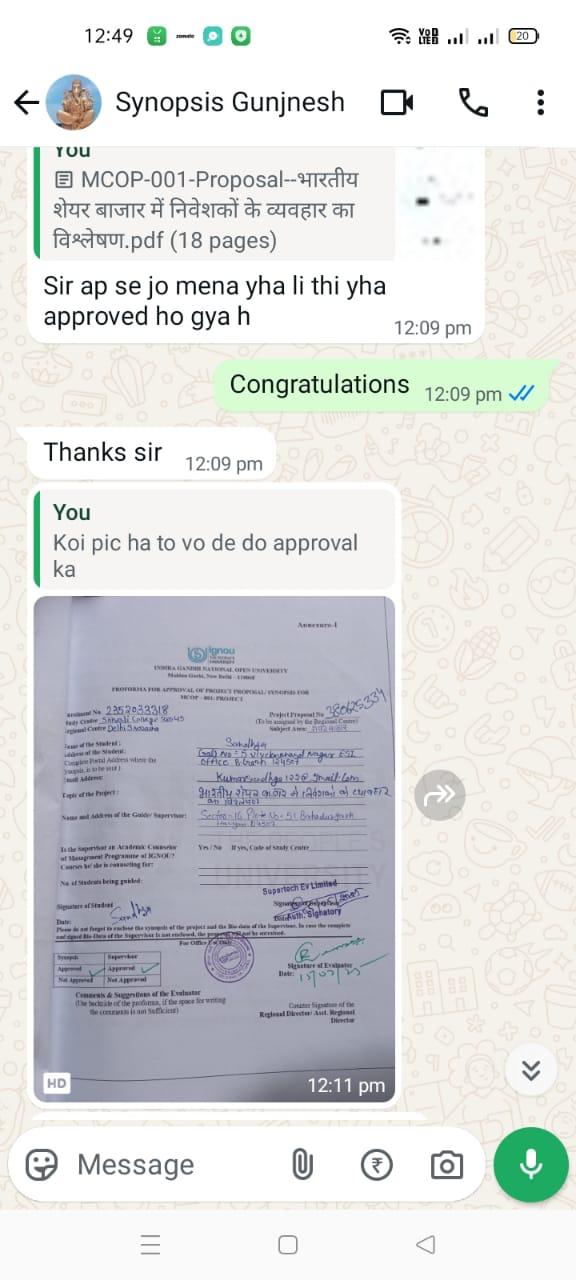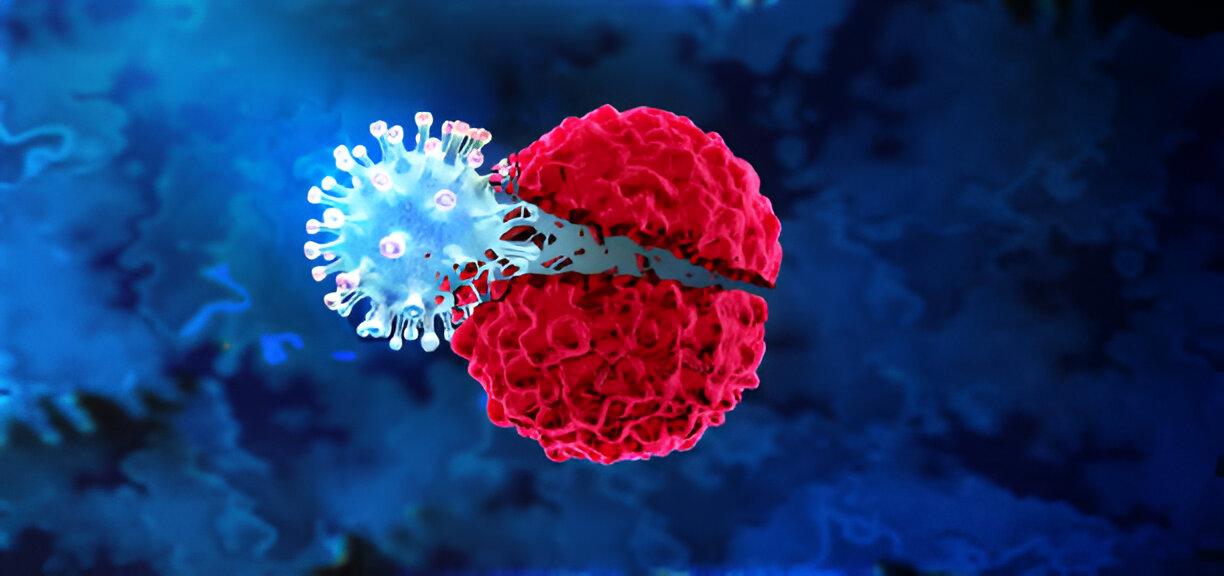Sponsorluk
Ultimate Guide to Fire Damage Cleaning: Restore Your Property Safely and Effectively

Introduction: The Devastation of Fire Damage
Fire can turn your life upside down in minutes—destroying property, endangering lives, and leaving behind smoke, soot, and water damage. Fire damage cleaning is the crucial first step toward restoring your home or business. It requires speed, expertise, and the right tools to ensure safety and recovery.
What Is Fire Damage Cleaning?
Fire damage cleaning involves the process of cleaning and restoring a property that has been affected by fire, smoke, soot, and water from firefighting efforts. It goes beyond basic cleaning—it’s about thorough decontamination, odor removal, structural repairs, and restoring a safe living or working environment.
Types of Fire Damage
-
Flame Damage: Direct destruction from the fire’s heat.
-
Smoke Damage: Lingering stains and odors that penetrate surfaces.
-
Soot Damage: Black residue covering walls, furniture, and HVAC systems.
-
Water Damage: Caused by fire suppression efforts such as sprinklers and fire hoses.
-
Chemical Residues: From extinguishers and melted materials.
The Importance of Professional Fire Damage Cleaning
Trying to clean up fire damage on your own can lead to further destruction, health hazards, and missed restoration opportunities. Professional fire damage restoration ensures:
-
Deep cleaning of hidden contaminants
-
Safe removal of toxic soot and debris
-
Preservation of structural integrity
-
Restoration of personal belongings
-
Mold prevention due to water damage
Step-by-Step Fire Damage Cleaning Process
1. Emergency Contact
Contact a professional fire restoration company immediately. Time is critical.
2. Inspection and Assessment
Experts assess structural integrity, smoke penetration, and damage severity to create a detailed cleanup plan.
3. Board-Up and Roof Tarping
To prevent further damage from weather or trespassing, damaged windows and roofs are secured.
4. Water Removal and Drying
Using industrial vacuums and dehumidifiers, professionals remove water left from firefighting efforts.
5. Smoke and Soot Removal
Special equipment removes soot from surfaces, including walls, ceilings, and HVAC systems.
6. Cleaning and Sanitizing
Professionals clean restorable items, eliminate odors with foggers and air scrubbers, and sanitize the area.
7. Restoration
This includes repairs such as replacing drywall, painting, installing carpet, or even reconstructing damaged rooms.
Health Risks of Inadequate Fire Damage Cleaning
Failing to properly clean after a fire can lead to:
-
Respiratory issues from inhaling soot particles
-
Skin and eye irritation
-
Long-term exposure to carcinogens
-
Mold growth from lingering moisture
-
Structural collapse from weakened materials
Tools and Equipment Used in Fire Damage Cleaning
-
HEPA vacuums and air scrubbers
-
Industrial-grade dehumidifiers
-
Thermal fogging machines
-
Ozone generators
-
Chemical sponges
-
Protective gear (gloves, respirators, suits)
DIY Fire Damage Cleaning: What You Can and Can't Do
You Can:
-
Ventilate the property
-
Dispose of heavily burned items
-
Wipe down surfaces with mild soap and water
-
Document damage for insurance
You Shouldn’t:
-
Scrub soot (it can smear or embed it)
-
Use regular vacuum cleaners
-
Enter structurally unsound areas
-
Assume all damage is visible
How Long Does Fire Damage Cleanup Take?
The timeline depends on the damage extent:
-
Minor Fire: 2–5 days
-
Moderate Fire: 1–2 weeks
-
Severe Fire: 1–2 months or longer (especially if structural repair is needed)
Cost of Fire Damage Cleaning
Several factors influence cost, including:
-
Size of the property
-
Severity of fire and water damage
-
Type of materials affected
-
Restoration needed
Average Range: $3,000 to $30,000+
(Insurance may cover most or all of the expenses.)
Choosing the Right Fire Damage Cleanup Company
Look for companies that offer:
-
24/7 emergency response
-
Certified and insured technicians (IICRC certified)
-
Experience with both residential and commercial properties
-
Assistance with insurance claims
Top companies include:
-
SERVPRO
-
BELFOR
-
ServiceMaster Restore
-
Paul Davis Restoration
Preventing Future Fire Damage
-
Install smoke alarms on every level
-
Keep fire extinguishers easily accessible
-
Avoid overloading outlets
-
Maintain electrical systems and appliances
-
Practice a family fire escape plan
Conclusion: Reclaim Your Space After a Fire
Recovering from fire damage is challenging, but the right fire damage cleaning professionals can restore your property quickly, safely, and thoroughly. Don’t wait—acting fast reduces costs, preserves property, and protects your health.
Need Help Now?
If you’re facing the aftermath of a fire, contact a trusted fire damage restoration service near you today for immediate assistance.







